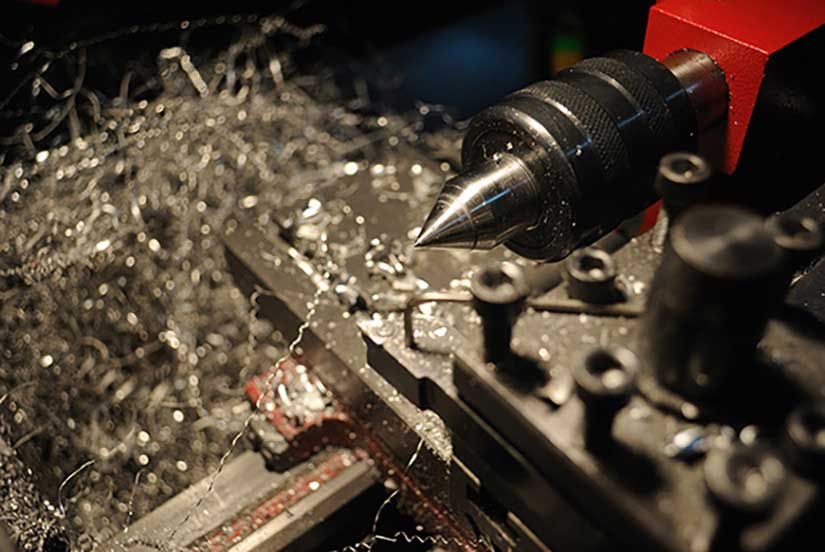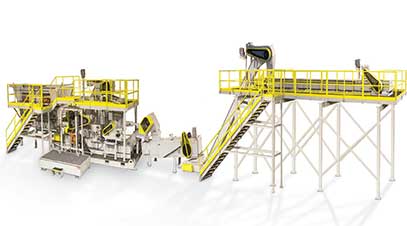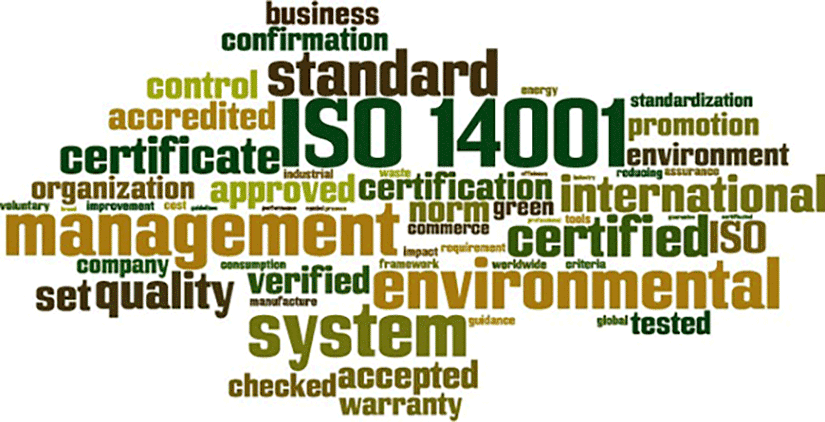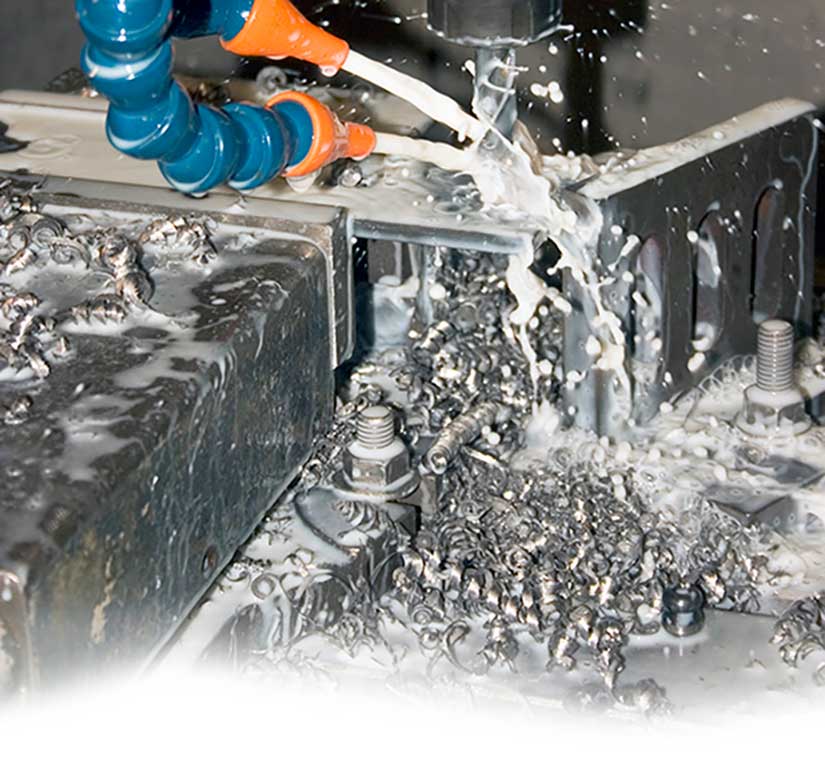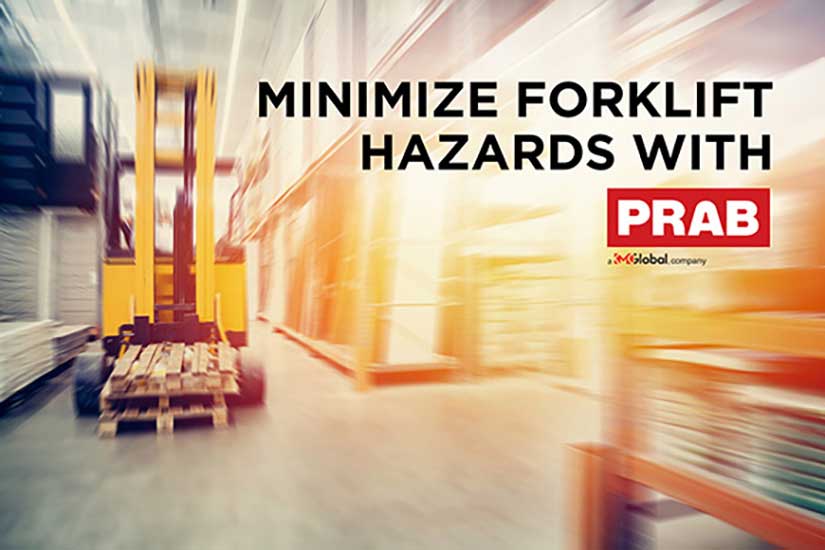
Stick a Fork in Your Forklift Problem with Engineered Conveying Systems
The forklift truck is a common piece of equipment for many industrial manufacturing operations that need to move enormous amounts (read: tons) of material from point A to point B, day in and day out. Most of these operations probably feel like they can’t live without forklifts. However, the convenience and expediency they provide in addition to sparing workers the […]

